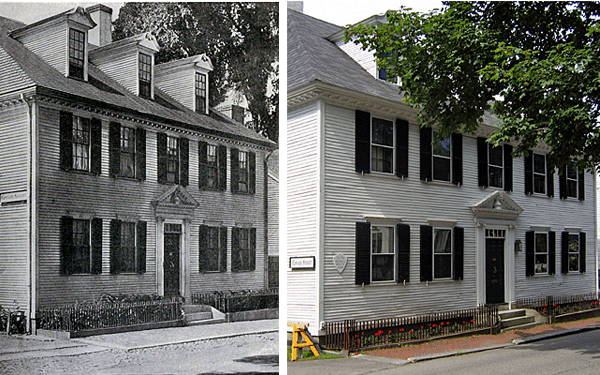Charles Treadwell, a wealthy merchant and respected Portsmouth house builder, constructed the home for his son around 1750. Later the house became known as the Cutter House after Dr. Ammi Cutter purchased it. Dr. Cutter served as a surgeon during the French and Indian War and was head of the medical department of the Northern Army during the American Revolution.
Dr. Cutter gave the home to his daughter, who married Colonel Clement Storer. Colonel Storer served during the War of 1812 and later became a United States Congressman. He entertained President James Monroe and General Henry Dearborn here in 1817.
















